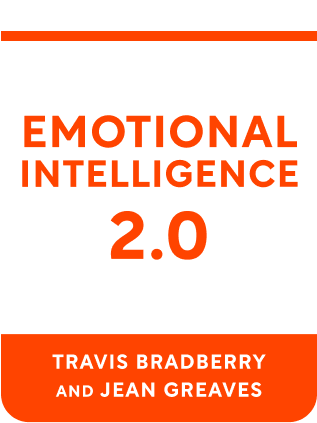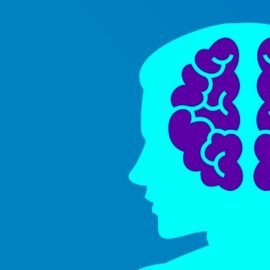

This article is an excerpt from the Shortform book guide to "Emotional Intelligence 2.0" by Travis Bradberry and Jean Greaves. Shortform has the world's best summaries and analyses of books you should be reading.
Like this article? Sign up for a free trial here .
Does reading emotions come easy to you? Do you think you can always decipher a person’s true emotional state behind their outward demeanor?
Reading emotions of others is not always easy. In some situations, people don’t want to reveal their true emotional state for whatever reason. More often that not, however, they end up doing so inadvertently. But it takes a keen eye to decipher it.
Keep reading to to learn how to master reading emotions that are hidden beneath the surface of the superficial demeanor.
Reading Emotions: Watch and Learn
To effectively interact we others, we must be capable of reading emotions that lie beneath the outward demeanor of people around us. After all, people are not transparent and they often hide their true emotional state for whatever reason. Here are some tips that will help you become better at reading emotions that are hidden beneath the surface.
Observe Body Language
Body language provides subtextual information that can reveal a person’s emotional state. This helps you make more informed decisions when interacting with them. Key body language indicators include:
- Eyes: What are the person’s eyes doing? When someone maintains eye contact, they’re usually being sincere. When they constantly blink or avert their gaze, they’re often uncomfortable or lying. When their eyes seem calm but attentive, they’re probably comfortable talking to you.
- Smile: Is the person’s smile authentic? When a person is genuinely smiling, the corners of their eyes typically crinkle and their entire face reflects their inner excitement. If the smile seems isolated to the mouth, they’re likely forcing a grin.
- Body: Do you notice any unusual tension in the person’s body? If it seems like their shoulders are raised or their hands are constantly fidgeting, there’s a good chance they’re stressed or distraught.
Observe Emotional Cues in Films
Actors develop realistic characters by evoking emotion. Because they usually portray characters in extreme situations, the emotional cues they send are often much clearer than they are in real life. You can practice reading emotions off facial expressions by watching movies and pointing out the moments that stand out to you. Try to connect certain behaviors to the emotion being portrayed on screen and rewatch impactful sections to pick up on specific cues. Because you’re not directly involved with the drama, you will have a much easier time staying objective and observant.
Go “People Watching” to Practice Reading Emotions
Observing people going through their daily lives helps you begin to notice patterns of behavior that correlate to internal emotions. Similar to watching a movie, being a third party allows you to remain objective.
For instance, you see a couple walking down the street holding hands. Despite this apparent gesture of affection, you notice that they’re avoiding eye contact at all costs. You use this observation to conclude that they don’t want to interact with one another but don’t want to show it in public.
Confirm Your Observations
Sometimes, you can’t read a situation based solely on your observations. In these cases, ask for confirmation. State your observation, then ask if what you’ve noticed is accurate. When you confirm your observations, you gain crucial knowledge that allows you to better understand and navigate your surroundings.
For example, you notice that Mary has not been talking as frequently as she usually does. She seems down, but whenever she interacts with you or other people, she puts on a smile and acts like everything’s fine. Finally, you pull her aside and say, “Hey. You’ve seemed a bit depressed lately. Did something happen?” She opens up a bit and thanks you for your concern.
Read the Room
Once you’ve mastered reading emotions of individuals, you can read the mood of entire rooms. Understanding the collective mood of the people around you allows you to give your input in an appropriate and well-timed manner. There are two ways to read the room:
- Trust your gut. Every room you walk into has a different energy. For example, the energy in a waiting room at a doctor’s office will have a different feel than that of a rope line outside of a music venue. These energies are contagious and will impact you. Use this impact to indicate the emotional state of the group.
- Follow a guide. For rooms that you’re not familiar with, find someone you trust who has experience with the situation. Follow and observe them, and compare your observations with theirs. Soon, you’ll begin picking up on things that they point out and will have a better understanding of your surroundings.

———End of Preview———
Like what you just read? Read the rest of the world's best book summary and analysis of Travis Bradberry and Jean Greaves's "Emotional Intelligence 2.0" at Shortform .
Here's what you'll find in our full Emotional Intelligence 2.0 summary :
- What emotional intelligence is and why it's essential for your workplace success
- The 4 reasons you need to work on your EQ
- How you can use EQ to better manage relationships






